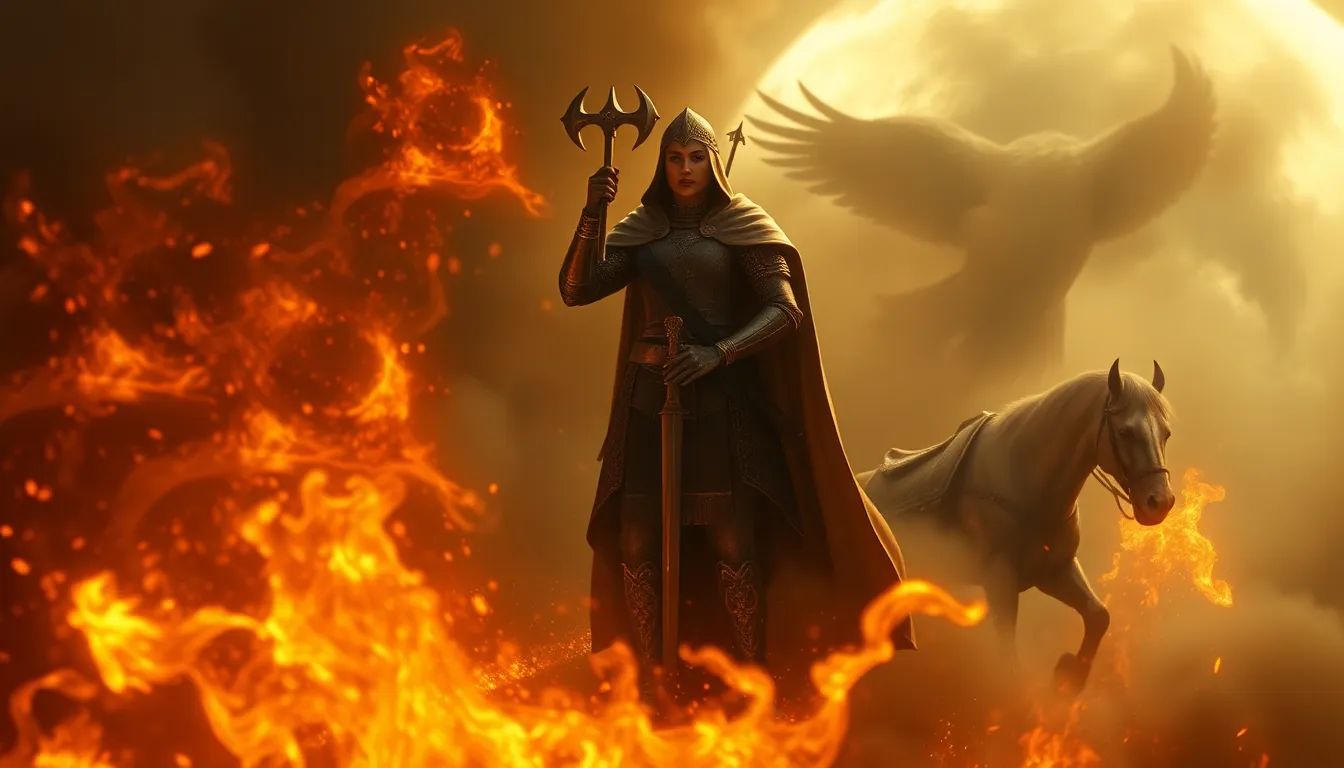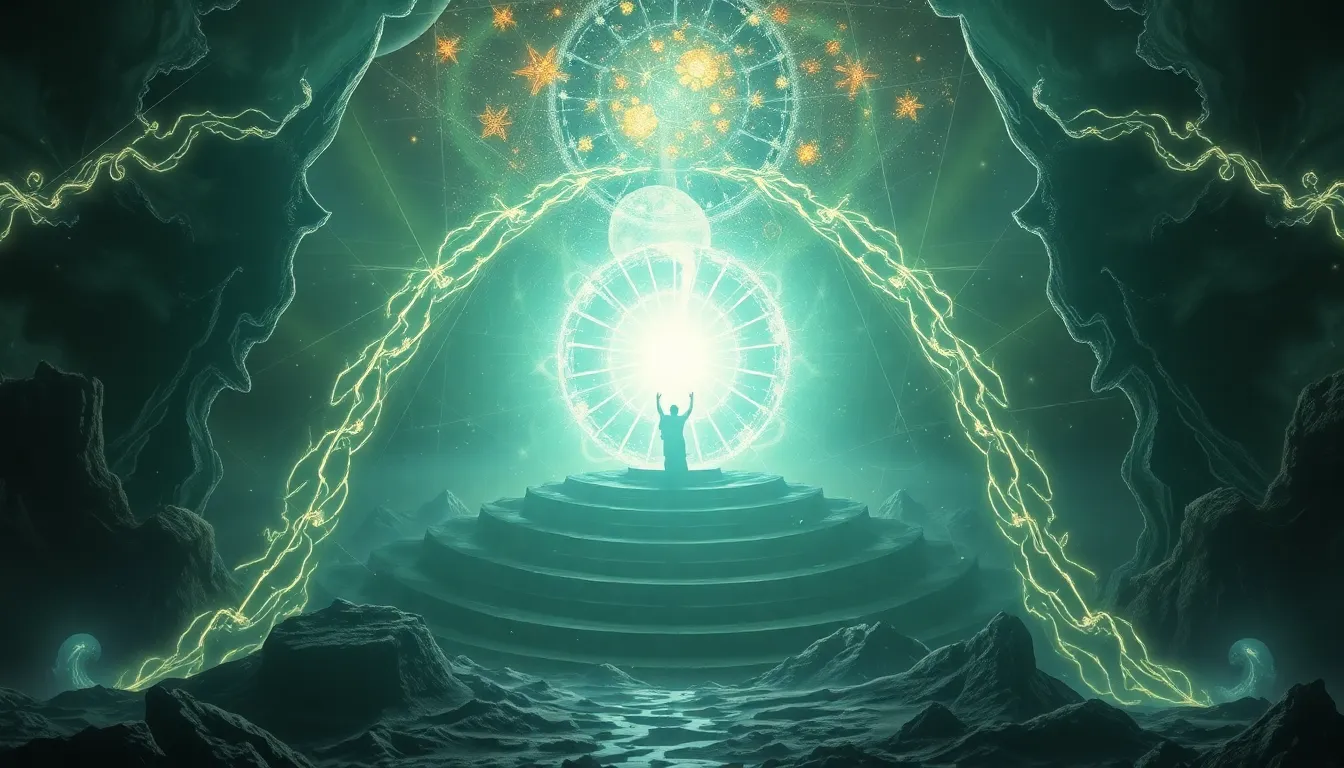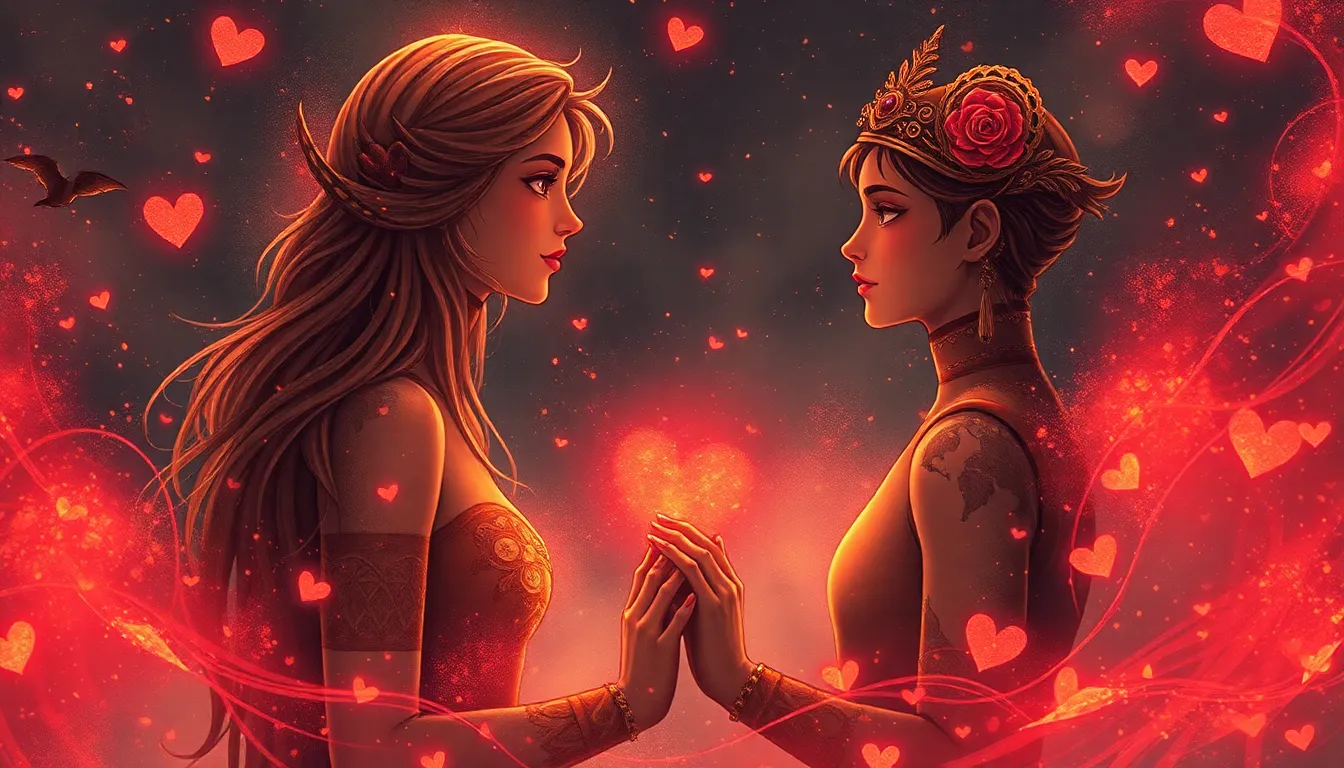The Prophetic Visions of Joan of Arc: A Divine Message?
I. Introduction
Joan of Arc, a peasant girl from France, rose to prominence in the early 15th century as a military leader and a symbol of national unity during the Hundred Years’ War. Her historical significance is underscored by her extraordinary claims of receiving divine visions, which propelled her into a pivotal role in French history. This article aims to explore the nature of these prophetic visions, their implications, and how they influenced her actions and the broader historical context.
II. Historical Context of Joan of Arc
The backdrop of Joan’s life is essential to understanding her visions and their impact. France was embroiled in the Hundred Years’ War against England, a conflict marked by territorial disputes and dynastic claims. This war created a climate of despair and division within France, with the country suffering military defeats and internal strife.
Joan was born around 1412 in Domrémy, a small village in northeastern France. Raised in a devoutly Catholic household, she was influenced by the religious fervor of her time. The socio-political climate, characterized by uncertainty and the struggle for national identity, set the stage for her supernatural experiences.
III. The Nature of Joan’s Visions
Joan’s visions were deeply spiritual and formative in her life. She reported seeing various figures, most notably Saint Michael, Saint Catherine, and Saint Margaret. These encounters were not merely dream-like experiences but were interpreted by Joan as divine messages instructing her to take action for her country.
- Who did she see? Joan claimed to have seen saints and angels, specifically:
- Saint Michael
- Saint Catherine
- Saint Margaret
The messages conveyed in these visions often centered around themes of faith, courage, and the necessity to support Charles VII in reclaiming his throne. Joan viewed her divine inspiration as a mandate to lead and inspire those around her.
IV. Joan’s Visionary Experiences
Joan’s first significant vision occurred around the age of 13, during which she encountered an angelic figure who urged her to be steadfast in her faith and to assist the Dauphin, Charles VII. This initial encounter opened the floodgates to a series of visions that would shape her destiny.
The significance of the saints she encountered cannot be overstated. Each saint represented not only a source of divine guidance but also a connection to the broader Christian narrative of martyrdom and divine intervention. Joan’s interpretation of these visions was marked by a profound sense of duty and responsibility.
V. Prophecy and Its Impact on Joan’s Actions
Joan’s visions had a direct influence on her military decisions and actions. She claimed that her divine encounters provided her with strategic insights and encouragement to rally troops. This ability to inspire was crucial in a time when morale was low.
- Key impacts include:
- Guiding military strategies at battles such as Orleans.
- Rallying troops and gaining public support for Charles VII.
- Boosting morale among French forces during critical engagements.
Her involvement in key battles was often attributed to her prophetic guidance, as she led her troops with an unwavering sense of purpose and belief in her divine mission.
VI. Skepticism and Criticism of Joan’s Visions
<pDespite her impact, Joan faced skepticism from contemporaries and church authorities. Many questioned the authenticity of her claims, attributing her visions to mental health issues or religious fervor rather than divine communication.
- Key areas of skepticism included:
- Reactions from military leaders and political figures.
- Concerns raised by church authorities about her claims.
- Debates regarding the nature of her mental state and motives.
This skepticism was not unique to Joan; throughout history, prophetic claims have often faced scrutiny, especially from organized religion and secular authorities.
VII. Theological Implications of Joan’s Visions
The Catholic Church’s perspective on prophecy provides a framework for understanding Joan’s experiences. Prophecies are often seen as divine messages intended to guide humanity. Joan’s visions can be viewed as instances of divine intervention, where she acted as a vessel for a higher purpose.
Joan emerged as a symbol of how faith can intersect with human affairs, demonstrating the potential for divine inspiration to effect change. Her legacy continues to resonate in religious thought and the concept of female prophecy.
VIII. Joan of Arc’s Trial and Martyrdom
Joan’s trial in 1431 brought significant attention to her claims of divine guidance. Accused of heresy and witchcraft, much of the prosecution’s focus was on her visions. The trial sought to discredit her claims, framing them as fabrications rather than genuine experiences of divine communication.
The impact of her martyrdom cannot be understated. Joan’s execution solidified her status as a martyr and elevated her visions to a revered position within both religious and national narratives.
IX. Legacy of Joan’s Prophetic Visions
Joan of Arc’s legacy extends far beyond her lifetime, influencing future generations and the concept of female prophecy. Her experiences have inspired countless works of literature, art, and religious thought.
- Influences include:
- Cultural representations in literature, such as plays and novels.
- Artistic depictions that capture her visionary experiences.
- Modern interpretations that explore her psychological and spiritual dimensions.
Joan’s visions have become emblematic of the potential for ordinary individuals to engage with the divine, challenging traditional notions of authority and prophetic legitimacy.
X. Conclusion
In summary, the prophetic visions of Joan of Arc are a compelling aspect of her life and legacy. These experiences shaped her actions during a tumultuous period in French history and continue to resonate within religious and cultural contexts today. Joan’s life raises profound questions about the nature of divine communication and the role of individuals in shaping history through faith and conviction.
Reflecting on Joan of Arc’s visions invites us to consider the enduring significance of her experiences, the complexities of belief, and the ongoing dialogue between faith and reason. Ultimately, whether viewed as divine messages or psychological phenomena, Joan’s visions remain a powerful testament to the intersection of faith, identity, and national destiny.



